The harsh reality of fertility’s biological timeline is usually not discussed in our contemporary society. But this issue and its concomitant conversations need to be amplified. That is the whole essence of the book: “When Time Runs Out: Navigating Fertility in a World that Delays Motherhood (2024, Fertility Cliques),” authored by Adeola Olunloyo. Adeola is a communication professional with over 15 years’ experience working with the United Nations and international organisations on sexual and reproductive health and rights. Her advocacy is about the promotion of timely reproductive choices and the prevention of infertility.
When Time Runs Out is an eight-chapter, 90-page book. And the author opens the book by advancing her motivation for writing what she describes (p8) as “deep personal journey and a heartfelt call to action”. For a 42-year-old independent, successful career woman, to be told that your age and non-viable eggs were the issues can indeed be heartbreaking. So it is important to set it on record that the place of timing in fertility is critical. It is necessary to understand the context of the challenges causing the delay and the prevailing conversations around fertility need to be put in proper perspective by communities, governments, healthcare workers and women. And the book is also out to unlock the stigma around fertility issues, access to fertility education and care.
In the book: “When Time Runs Out,” the author opines that fertility as a subject-matter is often relegated to the background until it becomes a concern. Instead, the world pushes up and prioritises education, career and personal growth – all “under the assumption that motherhood will simply ‘happen’ when the time is right. But … this journey… has taken on an unexpected layer of complexity, where science, society, and self collide.” (P11) This she also describes (p12) as the “stark biological reality” of “age-related decline in fertility”.
For the author, delaying childbirth till 30s and 40s in order to attain personal growth and success has become a mantra in recent years, whereas in the early 20th century, the median age for a woman’s first marriage was 21, and motherhood followed soon after. This is of course a paradox of some sort. Many women are now achieving great success in career and financial independence, but their biological light is dimming. Why? “The reality is that female fertility begins to decline around age 30 and more sharply after 35, leaving many women facing an unexpected challenge in their mid-to-late thirties and beyond” even though science and medicine offer assisted reproductive technologies. (p13)
In the book, Adeola Olunloyo discusses the growing trend of single women and why this is happening. She states that the rapidly changing views on relationships, marriage and the value of independence are fuelling this phenomenon. She also believes that the rise of social media and digital platforms make it easier today to meet people and increase personal freedom and influence choice. The author also avers that in the middle of these changing global dynamics, redefined relationships and personal autonomy, fertility is “governed by nature’s own timeline” (p23) and biological mechanics are “fundamentally straightforward” (p24) for women in contrast to men who experience a more extended fertility window.
The idea of fertility preservation becomes the author’s preoccupation in the third chapter. Fertility preservation is a matter of empowering women with education that will prompt them to align reproductive goals with personal and professional ambitions. It is called “egg freezing”, a process of freezing eggs “when they are most viable” (p32) to “reduce the pressure of trying to conceive naturally at a later age when the egg quality is likely to have declined.” Yes, it is a tool for extending women’s reproductive timelines, but it entails potent early education, financial and ethical dimensions, as well as more conversations, the author avers.
Also Read:
In the book’s fourth chapter, Olunloyo calls out society to jettison stereotypes and norms that hold women back. She castigates society for boxing up the woman with the assumption that something is missing in her life if she delays childbearing, or remains single, while focusing on her career.
Here the author questions society for questioning a woman who chooses single motherhood, a deviation from the traditional partnership structure.
She closes the chapter by insisting that women must challenge the “restrictive norms that hold them back” and be empowered to make their own reproductive choices, and challenge the culture of “normalcy” that has been a barrier to women’s autonomy. (P48)
In the book, When Time Runs Out, the author perpetually hints at the critical role of open-minded conversations to break free from the norms that dis-empower women. She harps on education and awareness as critical ingredients that expose women to ideas about career options, personal growth and reproductive choices (p49) which will also enable them to challenge norms and stereotypes. And this venture also needs to be taken to the door step of men. The author thinks that patriarchy has long shaped norms about fertility, and men must therefore be engaged (p52) to open up the space for “supportive environments for fertility and reproductive health.” This (and how to navigate it) is the focus of chapter five.
The place of religion as a force in daily life is the focus of the sixth chapter. Here the author explains how religious and cultural beliefs, especially in Christianity and Islam affect fertility choices. She brings up the issues and perspectives of these religions regarding her subject-matter and suggests what needs to be done to foster inclusivity. And in the next chapter she discusses the role of policy and advocacy in supporting women to shape clear reproductive choices. She discusses the interplay of legislation, health infrastructure, the workplace, religious institutions and community at large.
The book, When Time Runs Out: Navigating Fertility in a World that Delays Motherhood is both a personal testimonial and a reference work for all who seek clarity on the subject of fertility and reproductive health. It is an unpretentious exposition on a subject that is largely discussed in hushed tones, but highly needed.
. Olatunbosun is a broadcast journalist, fact-checker and book reviewer at Splash FM 105.5, Ibadan. He can be reached via 08023517565 (SMS & WhatsApp only) and email molatunbosun@splashfm1055.com.
Post Views: 8



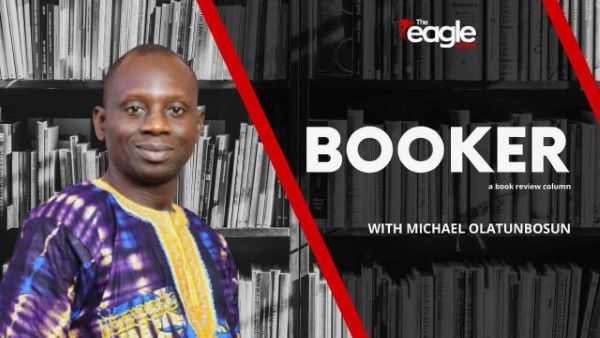



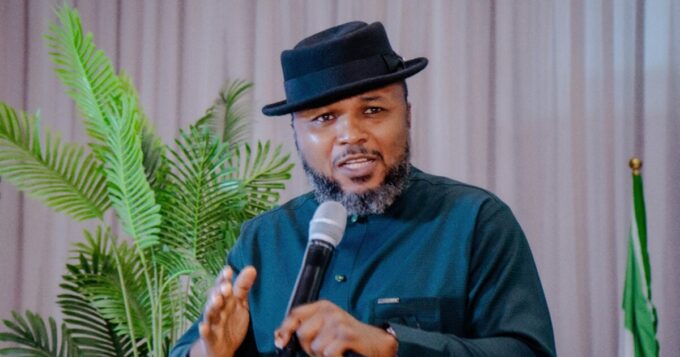
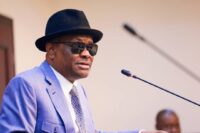
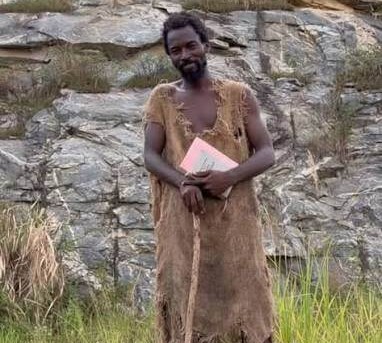







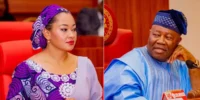
Leave a comment